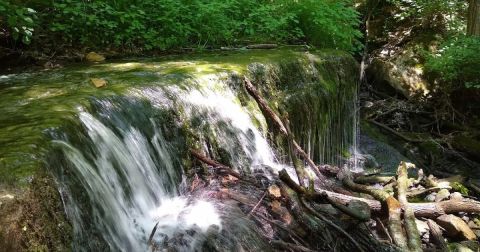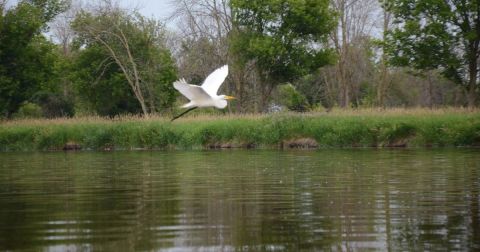These 7 BIG Events Happened In Surprisingly Small Towns In Indiana
Few people are surprised when big news comes from big cities…but these small towns in Indiana are home to some huge events that that may surprise you!
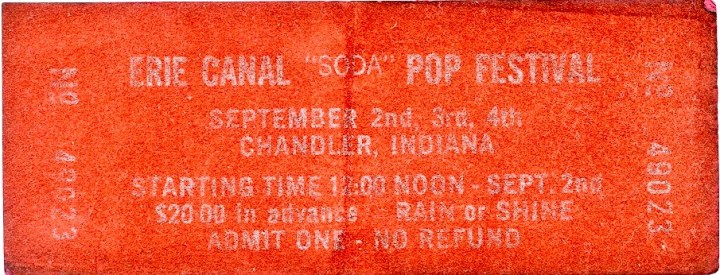
In 1972, The Erie Canal Soda Pop Festival was supposed to be a fun-filled Labor Day weekend showcasing dozens of famous rock bands, including Fleetwood Mac, Joe Cocker, Eagles, Allman Brothers, and Black Sabbath. However, a last minute venue change moved the concert from Chandler to Bull Island near Griffin, which is technically in Illinois, but on the Indiana side of the Wabash River, accessible by only two Indiana roads. This tactical move by concert promoters left no time for the local government of the nearest Illinois town (Cami) to stop the event, and nearly 300,000 fans flooded the area—four times the expected crowd. As a result, food and water ran out quickly, and torrential rain on the backed-up roads leading to the venue slowed efforts to more bring supplies. The hungry mob incited a full-out riot, burning the main stage to the ground, looting and upturning RVs, and hijacking vendor trucks attempting to deliver food. The chaos could not be controlled because the land was outside the jurisdiction of Indiana Police, but Illinois Police had no access through the blocked Indiana roads. Ultimately, three people drowned in the Wabash River and most of the bands scheduled to play on the second and third days (wisely) cancelled their shows.
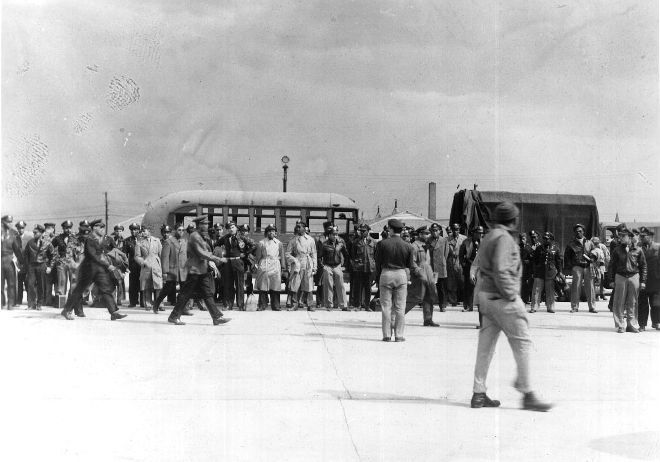
Seymour is hardly a "small town" these days, but back in 1945, the population was under 9,000. In April of that year, at Freeman Army Airfield, African American members of the 477th Bombardment Group entered an all-white officers’ club, resulting in the arrests of 162 black officers (some of them twice). The officers attempted to enter the club in small groups in a non-violent effort to challenge the segregation of the military base, in what is now known as the Freeman Field Mutiny. Ultimately, three were court-martialed and Lt. Roger Terry was convicted of shoving a white Lieutenant. In 1995, the court-martial conviction and reprimands of 15 officers from the 477th Bombardment were officially removed by the Air Force. Civil Rights Movement historians consider this event influential toward the full integration of armed forces in 1948.
Advertisement
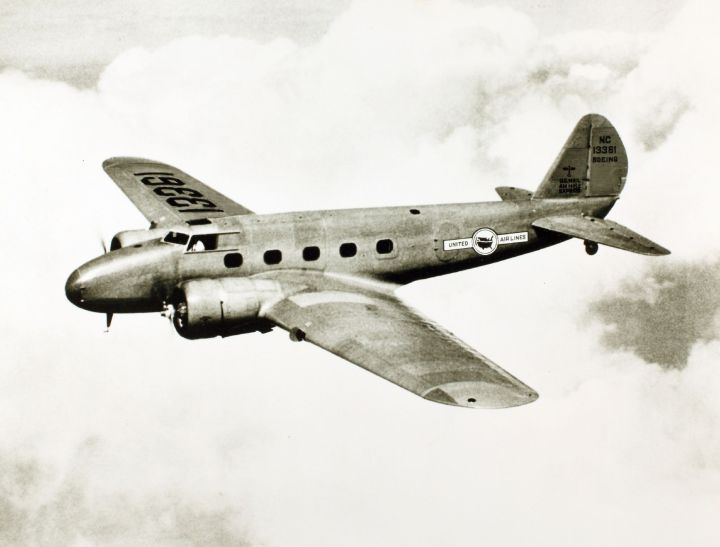
In 1933, a small United Airlines flight travelling from Cleveland to Chicago exploded in-flight and crashed near Chesterton in what is now recognized as the first known case of aircraft sabotage. The pilot, copilot, and all four passengers will killed. After eyewitnesses described hearing two explosions—one mid-air and another upon crashing—investigators discovered the fragments of a nitroglycerine bomb that had been carried onto the plane. One passenger had carried a brown box onto the plane; however it was recovered in the wreckage and did not contain evidence of explosives. The case remains unsolved and no suspects have ever been identified.
Advertisement
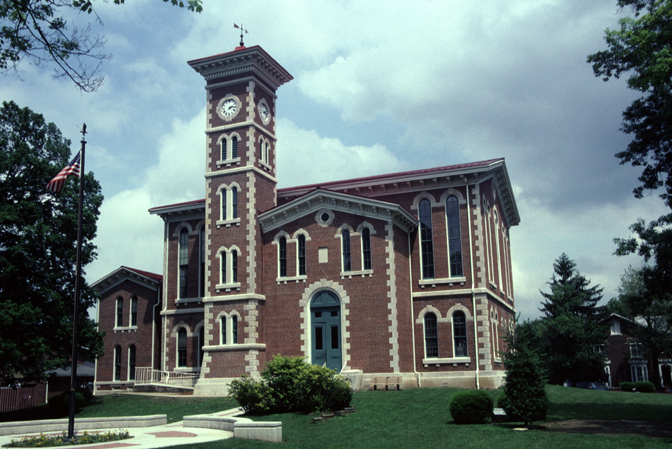
Vernon has a long-standing history of support for women’s rights, beginning with the founding of the state’s first organized women’s club, The Clinoian Society, in 1855. After the 19th Amendment was passed in 1920, Vernon was also the home of the first all-woman jury, who oversaw a trial held on June 6, 1921. The Vernon Clionian Society is still an active role in the community today.
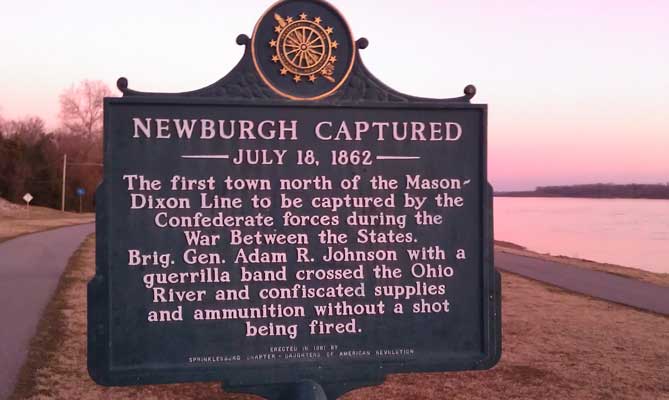
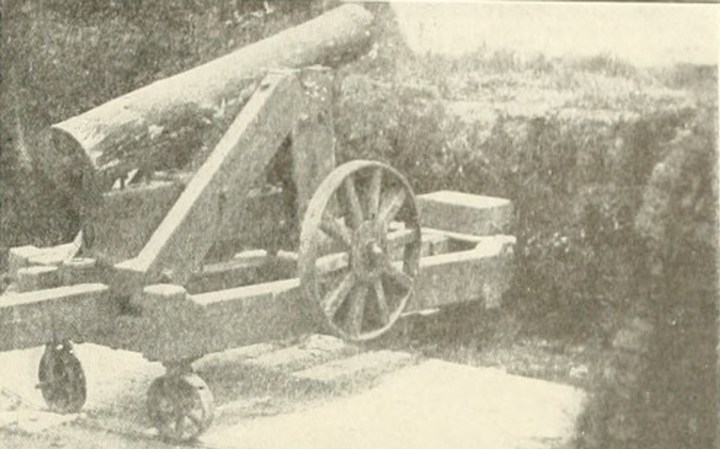
Image: WikiMedia Commons
On July 18, 1862, Confederate soldiers led by Colonel Adam Rankin Johnson crossed the Ohio River and captured Newburgh, making it the first town North of the Mason-Dixon Line to fall under Confederate control. Johnson had failed to find enough weapons to arm his soldiers, so the clever Colonel built "Quaker Guns" (made from stovepipes and broken wagons) for his flatboats. He faced little resistance, as the only Union troops in the area were recovering in a makeshit hospital housed in the Exchange Hotel; however, he convinced Union medical officer Colonel Bethel to surrender by offering his own spyglass to show him the "heavily armed" fleet surrounding them!
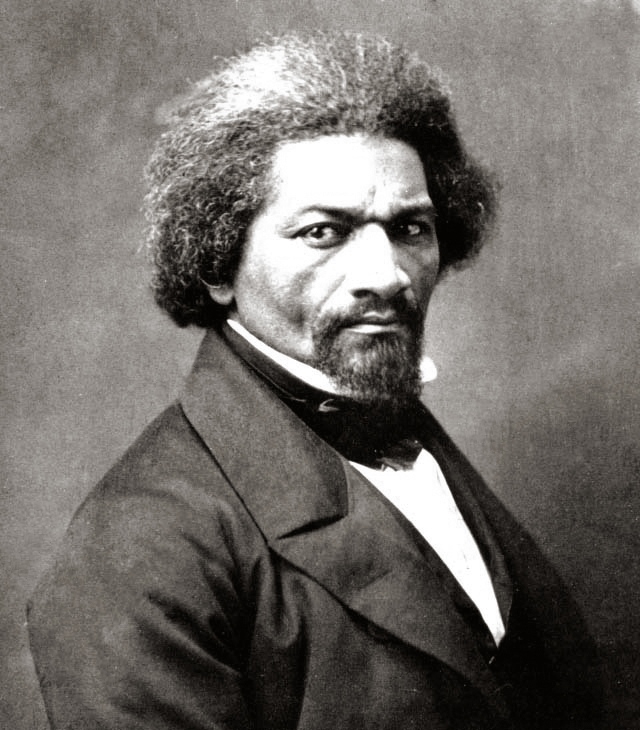
In 1843, the famous abolitionist Frederick Douglass came to Pendleton to deliver a lecture, but was met instead by an angry mob who attacked Douglass and his fellow speakers, knocking him out and breaking his hand (he faired better than his friends, who lost teeth and suffered head wounds). The attackers rode home to Andersonville, leaving Douglass unconscious in a ditch. Neal Hardy, a member of the Society of Friends, carried Douglass by wagon to his home where his wife reset his broken bones and nursed him back to health. Despite the horrifying experience, Douglass spoke warmly of the Pendleton couple: "I have lately visited Pendleton…and looked upon the spot where I was beaten down, and have again taken by the hand some of the witnesses of that scene, amongst whom was the kind, good lady—Mrs. Hardy—who, so like the good Samaritan of old, bound up my wounds, and cared for me so kindly." (Quote from The Life And Times Of Frederick Douglass, 1881)
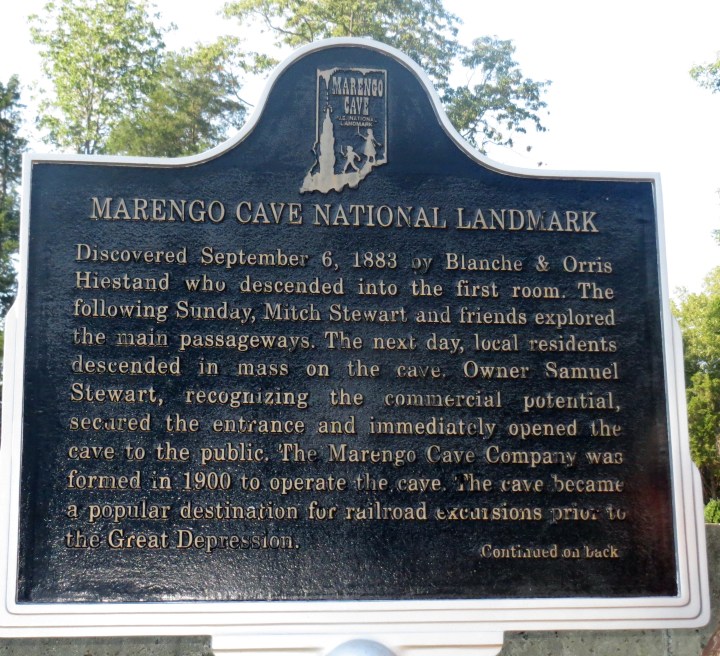
Advertisement
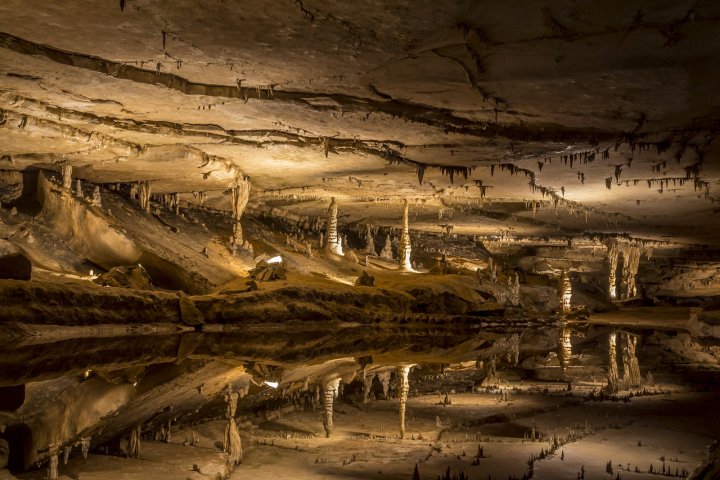
The beautiful Marengo Cave is one of the most popular attractions in Indiana, but its discovery in 1883 caused quite a stir. Two children, Orris and Blanche Hiestand, were playing in a sinkhole (likely created by recent logging and rain runoff in the area) and stumbled upon an opening in the earth. Playful, yet unconfirmed legends claim the siblings were chasing a rabbit into its unusually large burrow, and instead found themselves peering into one of the largest previously-undiscovered cavern systems in the state. Today, the cave is a National Natural Landmark and tours of the vast caverns have been given since their discovery in 1883. In 1992 another huge discovery was made when a crawlspace was broken through, revealing 3.5 miles of untouched stream-level cave, making it one of the longest in Indiana.
Do you live in a small town with a big history? Share the story in the comments section below!
OnlyInYourState may earn compensation through affiliate links in this article. As an Amazon Associate, we earn from qualifying purchases.


